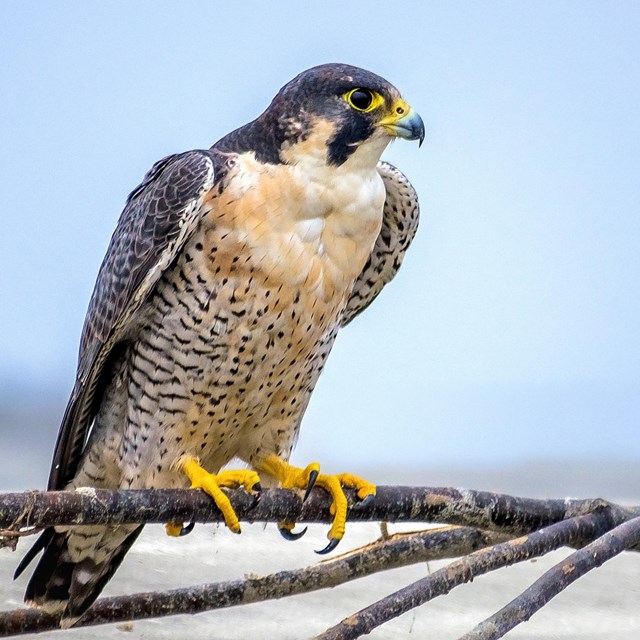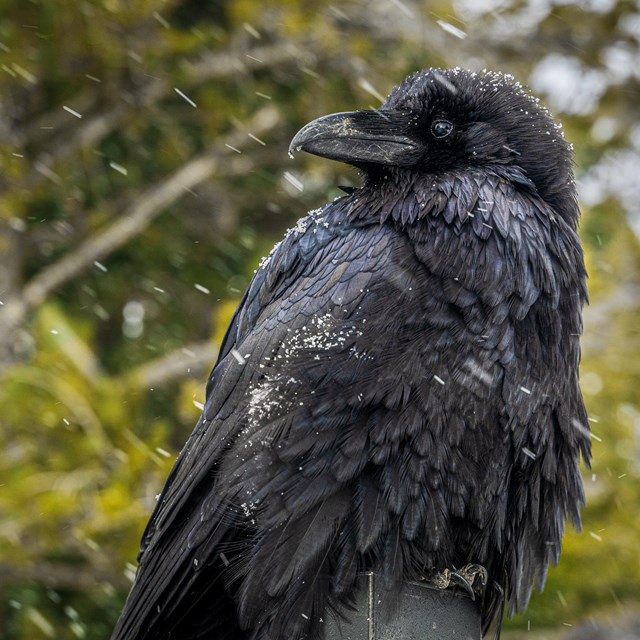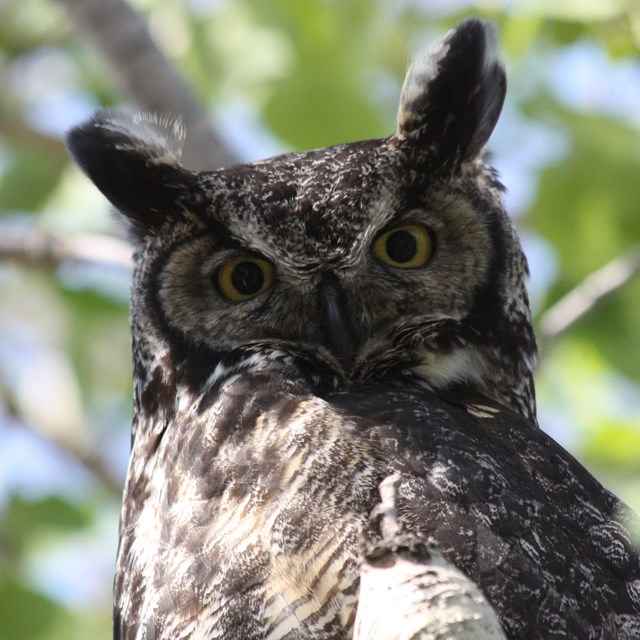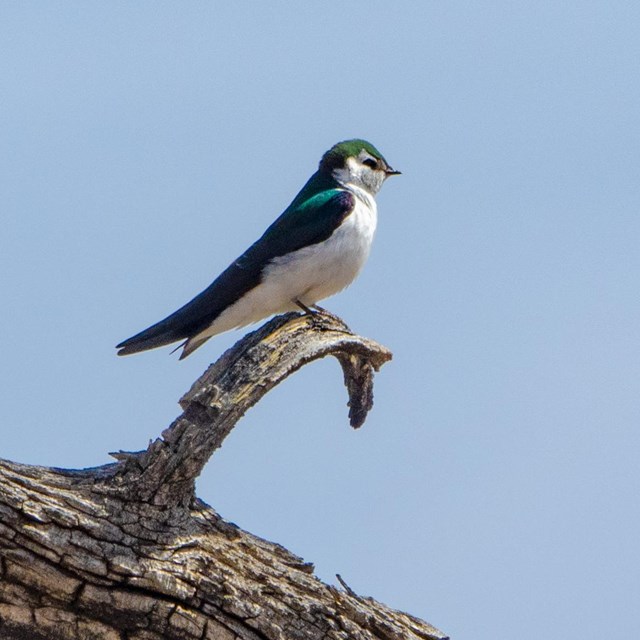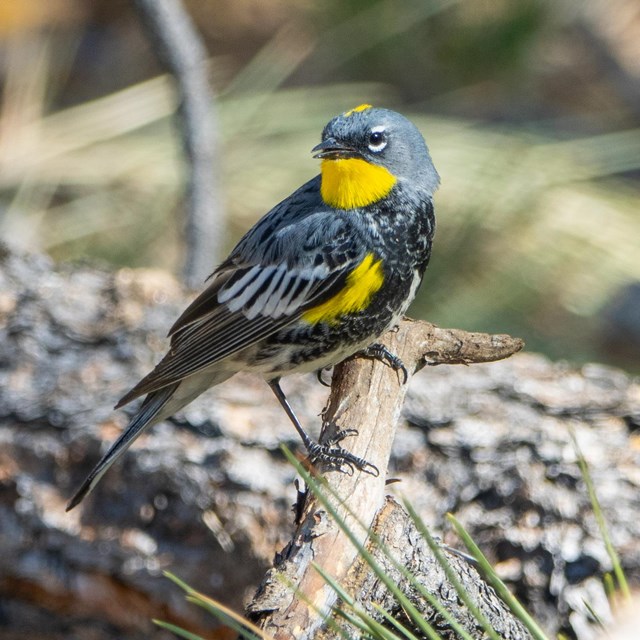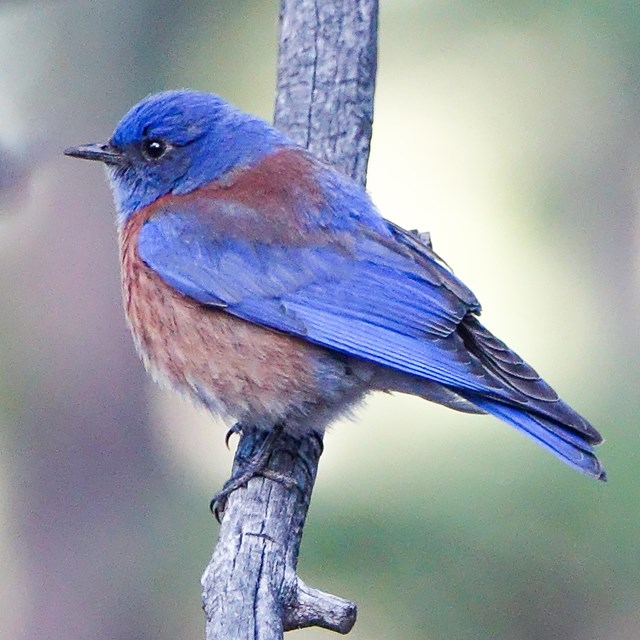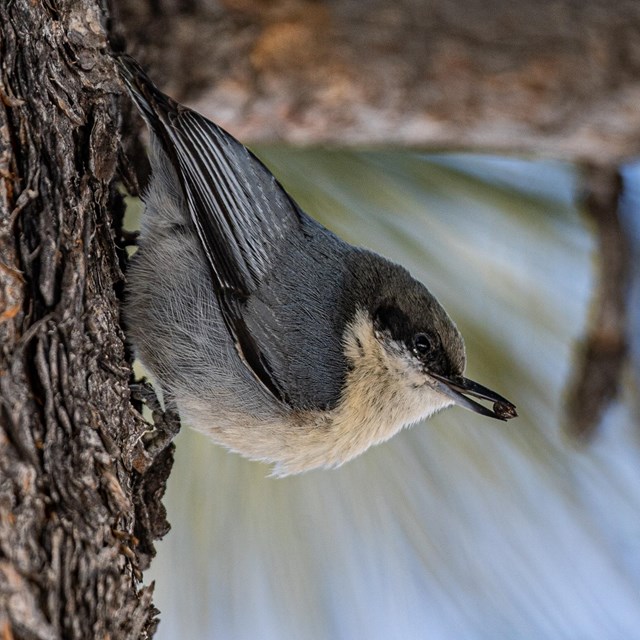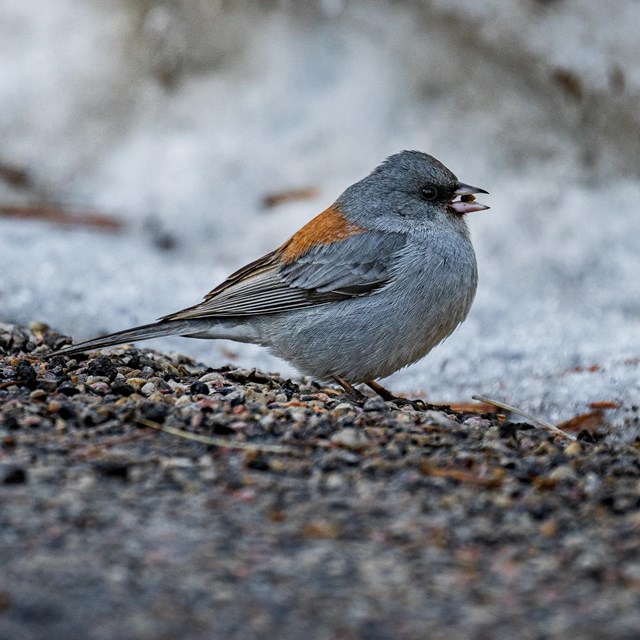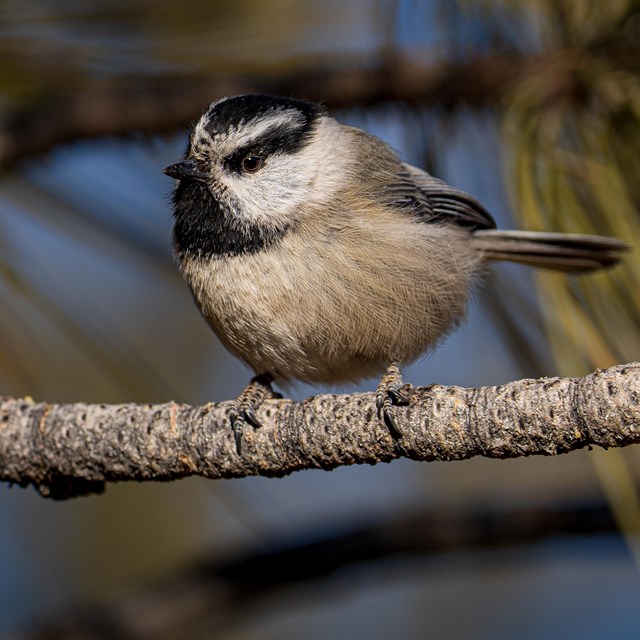Planning a Trip to Bryce in December? Join us for Bryce Canyon's Annual Audubon Christmas Bird Count!No experience is necessary and new participants will be teamed with experienced birders. Be a citizen scientist and help researchers assess the health of bird populations and help guide future conservation action. Join us for the next Audubon Christmas Bird Count. Common and Charismatic Species
Where to Look Traveling to Rainbow and Yovimpa Points at the southern end of the park takes you up to elevations of over 9,000 feet (2,743 m). At these high elevations, the park's ponderosa forests transition to mixed conifer woodlands of white fir, limber pine, douglas-fir, quaking aspen, and bristlecone pine. Snow levels are much higher here in winter, linger longer into spring, and provide more moisture for a dense understory. Species seen more often in this area and along the Bristlecone Loop Trail include dusky grouse, peregrine falcon, Clark's nutcracker, green-tailed towhee, red-breasted nuthatches, pine siskins, and Cassin's finches.
The Bryce Amphitheater is defined by its ponderosa forests. These provide a year-round home for pygmy nuthatches, which travel from tree to tree like squeaking fleas. Those with a sharp ear for higher frequencies and cryptic feathers may spot brown creepers here. In winter mixed flocks of chickadees, nuthatches, juncos, and creepers are not uncommon. In summer, violet-green swallows, white-throated swifts, and cliff swallows can be see swooping along the plateau rim. Owls, such as northern pygmy owls, reward those willing to wander the rim trail or quieter viewpoints like Paria View listening for the chiding chorus of songbirds. Below the rim, wrens, juncos, jays, and small flocks of bushtits can be found.
Mossy Cave provides one of the park's only consistent areas of water. Not a wetland, but essentially an irrigation stream travelling through the park, this area nevertheless protects a sometimes bird-rich area near Mossy Cave itself. Turn left at the waterfall junction and keep an eye out in the Gambel oak and Nootka rose for flycatchers and warblers.
A best-kept secret in the park, the Tropic Trail provides a quiet, densely vegetated area in the lowest elevations of the Bryce Amphitheater to encounter towhees, jays, nuthatches, juncos, and sometimes unexpected lower-elevation birds (our 2020 Christmas Bird Count encountered a beautiful acorn woodpecker here).
Check out the Rodeo, open fields, and waterpond areas in Bryce Canyon City just north of the park for an abundance of other species including larks, raptors, and sometimes sage grouse. Just be careful where you go to ensure you're not trespassing on private property
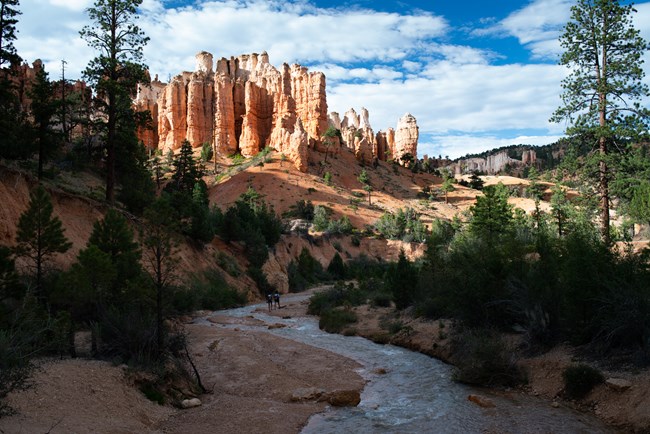
When to LookSpring comes late at these high elevations, with snow often remaining into April. But by late February and early March western bluebirds and American robins are usually returning to the park from lower elevations. Warblers come a little later, often in late April or May, when yellow-rumped warblers, Grace's warblers, black-throated gray warblers and others begin to be heard. May through July is the busy breeding season within the park, and depending on the year various hummingbirds, such as black-chinned, broad-tailed, and rufuous can be seen visiting thistles and other flowers. The melodious songs of hermit thrushes, the ribbits of western tanagers, or the shreiks of green-tailed towhees or wood-pewees and flycatchers can be heard in ponderosa forests, but often fade by mid-August. The violet-green swallows and cliff swallows seen swooping over the Bryce Amphitheater have disappeared by October in most years. Eruptions of crossbills and Cassin's finches occur every few years in late summer and last through the winter. Come the colder months, year-round residents such as Townsend's solitaires, nuthatches, chickadees, juncos, woodpeckers, corvids, and raptors are most commonly seen. |
Last updated: September 11, 2024

